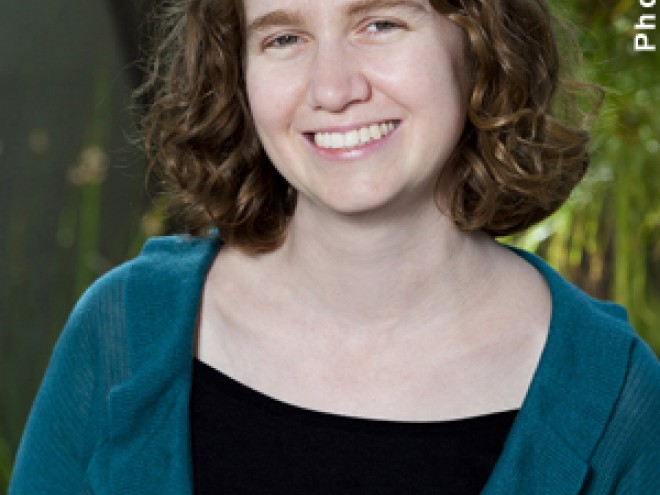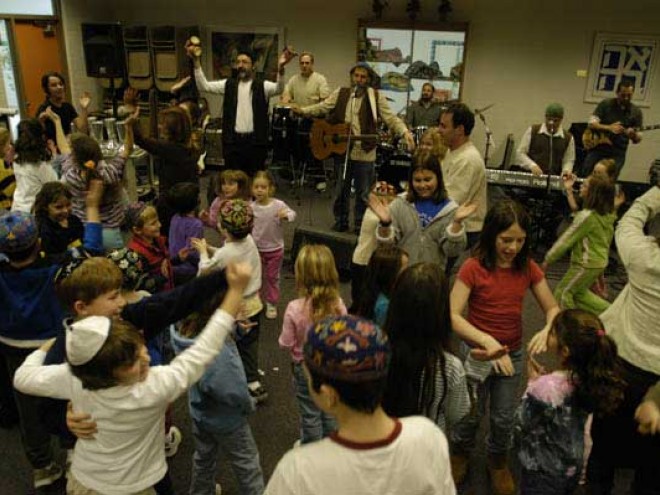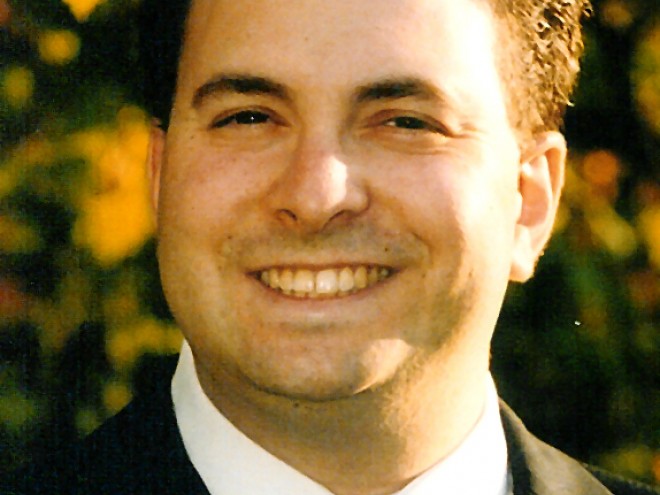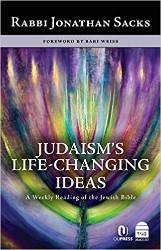Based on seven years of research and personal observation, Hebrew Infusion explores the many ways in which summer camps have adopted Hebrew to serve a variety of goals, ultimately drawing a parallel to the larger impact of Hebrew on identity within the Jewish American community. Camps present a distinct opportunity to promote values and community attitudes. Away from home and everyday responsibilities, campers form a distinctive culture, enriched by activities, rituals, songs, and cheers. The authors of Hebrew Infusion—all professors of linguistics and Jewish education — view language as an effective vehicle for community-building. It is social, they write, open to creative practices, can be written or spoken, and is part of everyone’s identity. Is Hebrew, then, a vital part of Jewish identity? Hebrew Infusion explores how so-called “summer camp Hebrew,” from language immersion to what the authors call “camp Hebraized English (CHE),” meets the “challenge of fashioning a diasporic identity.”
The book begins with a brief introduction to the history of Jewish summer camps. The first Jewish summer camps, founded around 1900, were intended to promote Americanization. Many had Native American – inspired names, with Jewish content, if any, restricted to Sabbath services. It was only after World War I that Jewish programming became more central, as educators recognized camp as an opportunity to build Jewish life in America. Modern Hebrew was first infused into camp life through Zionist youth movements in the 1930s and early 1940s, with an eye towards possible immigration to Palestine.
After World War II, however, Jewish survival became a primary motive for educating and inspiring Jewish children. The growing pride in America’s ethnic diversity, marked in the American Jewish community by connection to the state of Israel and the use of Hebrew, was reflected in the Reform movement, the most acculturated denomination in America. They began using Hebrew more intensively, most notably in songs, rituals, and daily summer camp life. Massad and Ramah, Hebrew immersion camps, blossomed in the 1960s only to fade away or change course in the 1980s, when it became possible to have an authentic Israeli experience in the state of Israel itself, rather than at a summer camp.
After this brief historical introduction, the authors turn to contemporary practices and the conflicting ideologies behind the ways Hebrew is integrated into camp programs today. The discussion centers around different approaches to teaching and the possible outcomes of these approaches. The difference between American Jewish identity and Israeli identity is also insightfully commented on through the exploration of language at camp.
Overall, this well-documented study provides extensive information for students of Jewish education, linguistics, and American Jewish identity. While summer camps do not, for the most part, produce Hebrew fluency, they have and continue to forge connections to Judaism and Israel, helping the next generation define what it means to be Jewish in America.
Maron L. Waxman, retired editorial director, special projects, at the American Museum of Natural History, was also an editorial director at HarperCollins and Book-of-the-Month Club.





